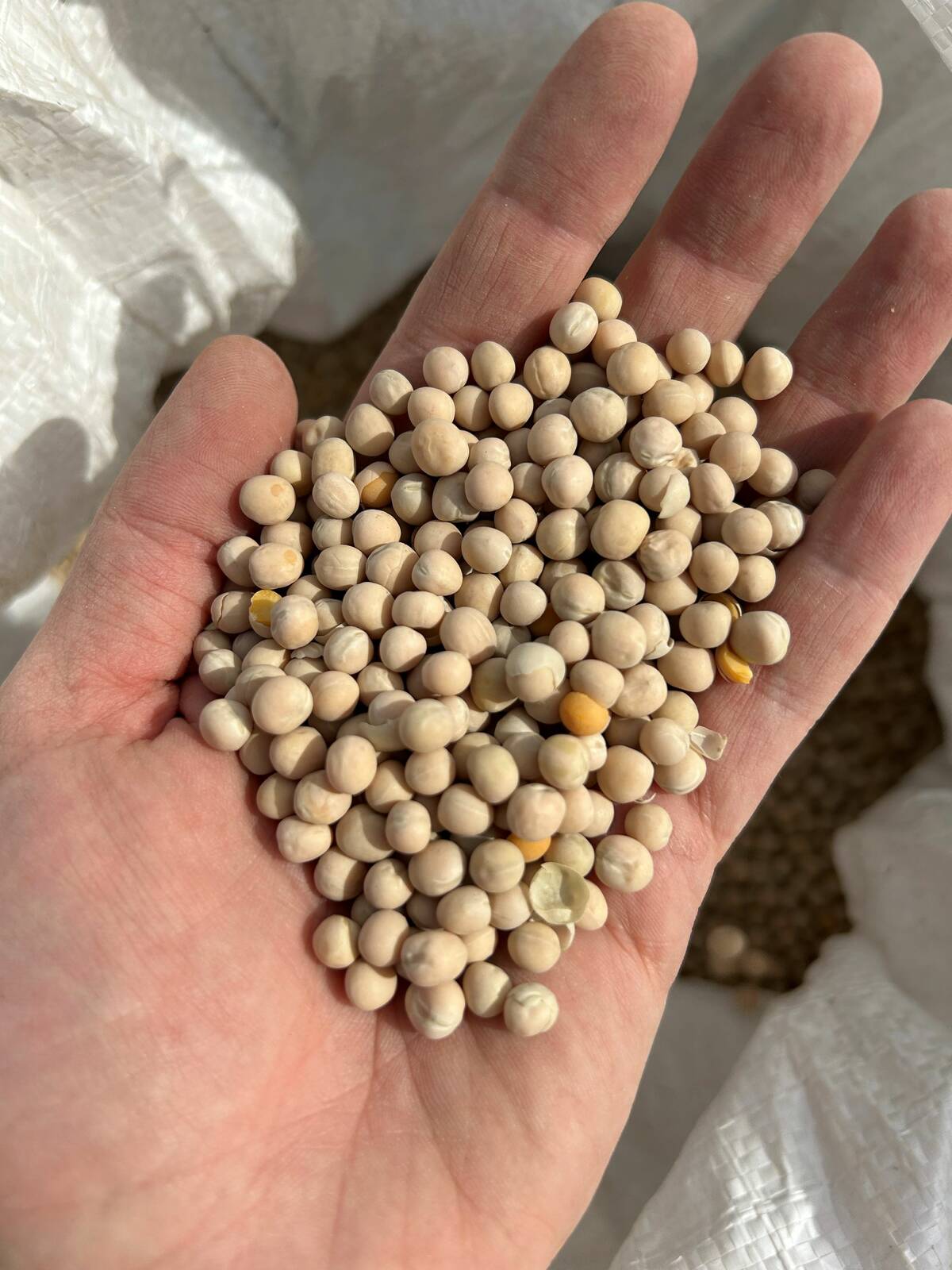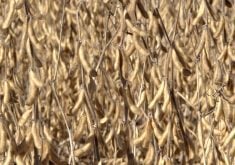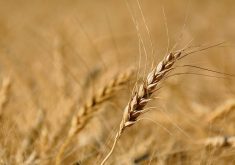CNS Canada — Firm numbers for winter wheat seeding on the Prairies are not yet available, but there are firm opinions about how it went.
“It’s very difficult to seed winter wheat on land that still has a crop on it,” said Monica Klaas, a contract agronomist for Ducks Unlimited’s Western Winter Wheat Initiative based in southern Alberta.
That sums up sentiments throughout most of the Prairies, as harvest continues for many farmers struggling with wet, cold weather conditions.
Klaas said she has seen some acres seeded in the light brown soil zones of southern Alberta, areas where producers traditionally keep winter wheat in their regular rotations. However, she said, acres have slid again overall.
Read Also

Pulse Weekly: Tariffs guide yellow peas in 2025
Tariffs were a major influence on Canadian yellow pea prices in 2025, with levies imposed by China and India. The two countries are Canada’s biggest foreign pulse buyers.
In addition to the wet harvest weather, Klaas said extreme dry weather in late July and August prompted many growers to delay preparation work for winter wheat seeding, opting to wait for rain first.
“Then when the rain came, and didn’t stop and was mixed with snow, you had people abandoning the idea of winter wheat and focusing on harvest and drying grain and things like that.”
In Manitoba, Ken Gross saw producers struggle with similar weather issues.
“I think my feeling is that acres are down this year,” said Gross, manager for agricultural programs at Ducks Unlimited in Brandon and lead for the organization’s winter wheat programs.
He said he expects to receive data on firm seeding numbers in late November.
In addition to weather issues, he said winter wheat faced other problems this year as well.
Producers’ heads have been turned by new spring wheat varieties, such as Faller and Prosper with yields of about 15 per cent below winter wheat. Spring wheat traditionally has yielded about 40 per cent below winter wheat varieties, Gross said.
As well, hybrid rye varieties are gaining popularity, which have been shown to be more hardy than winter wheat, he said.
Doug Martin, who farms near East-Selkirk, Man., said that seems to be the case in his area, where good contracts for hybrid rye convinced many farmers to go that route.
While he is confident that winter wheat acres will be down in his area northeast of Winnipeg, growers who managed to get seed in the ground are likely seeing their crops get a good start.
“What went in, if it got in early, with the moisture now, is probably doing quite well.”
Back in Alberta, Klaas said the same holds true there, although she pointed out that winter wheat yields depend mostly on spring conditions.
She added that growers should view this year as a lesson in why they should work winter wheat into their rotations.
Harvest conditions in August were perfect for getting the crop in and it spreads out the work load, which is especially important when wet, messy weather delays the traditional harvest season in September and October.
“We just need to remember what a bear this harvest was,” she said.
“It’s the shoulda, coulda, woulda, and unfortunately, we’re now in the cycle when people are struggling to get this late crop off, and they get to spring and turnaround and seed it back into a spring crop,” she said.
Winter wheat must be part of a planned rotation, she added, and producers need to pencil it into their plans to help spread out the risk and the labour.
In Manitoba, Gross said he has high expectations for new varieties of winter wheat that should help the crop regain its yield advantage over spring wheat.
“It’s been a frustrating couple of years. I keep on waiting for the weather to improve but Mother Nature is not co-operating.”
Ducks Unlimited representatives in Saskatchewan did not return phone calls in time for this story.
Winter wheat area seeded the previous fall
- 2018 1.23 million acres
- 2017 1.38 million acres
- 2016 1.72 million acres
- 2015 1.31 million acres
- 2014 1.72 million acres
*Source: Statistics Canada
Winter wheat production
- 2018 2.39 million tonnes
- 2017 2.86 million tonnes
- 2016 3.67 million tonnes
- 2015 2.30 million tonnes
- 2014 2.95 million tonnes
*Source: Statistics Canada















